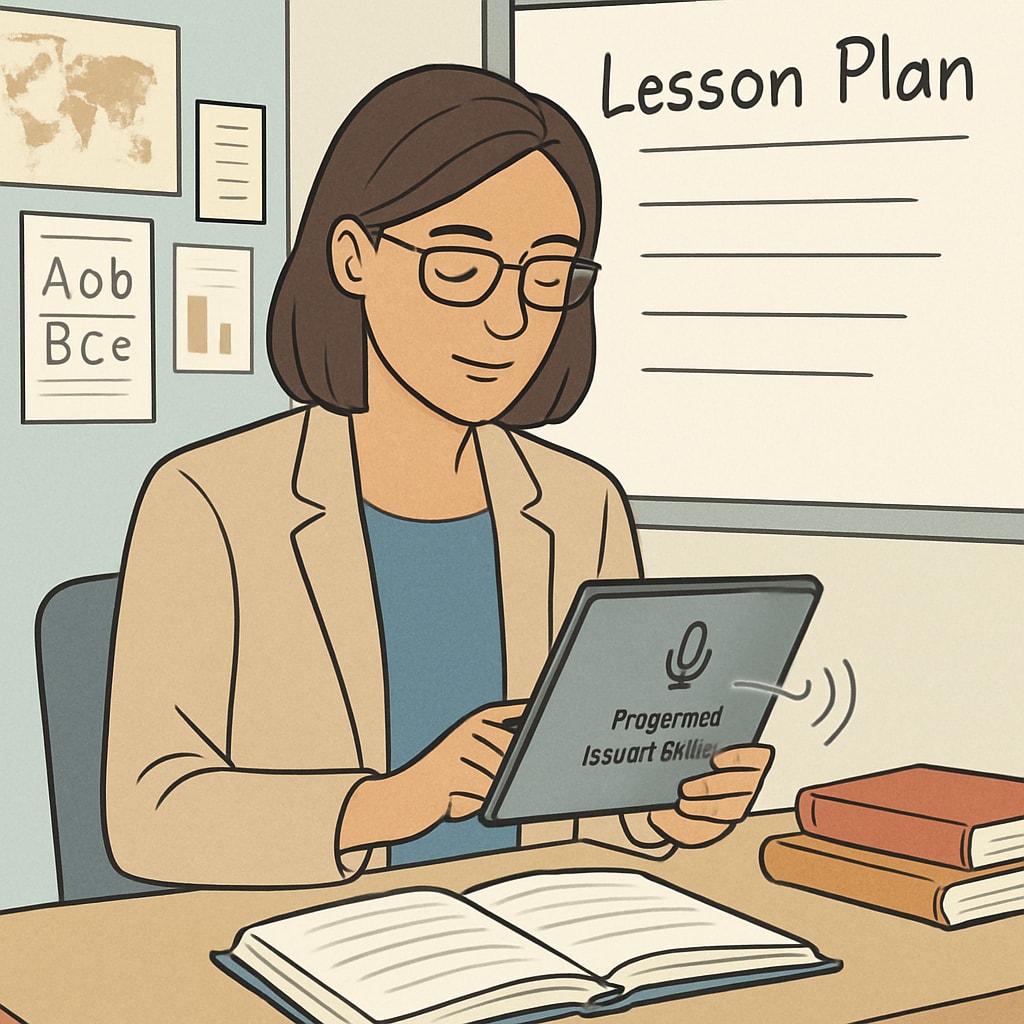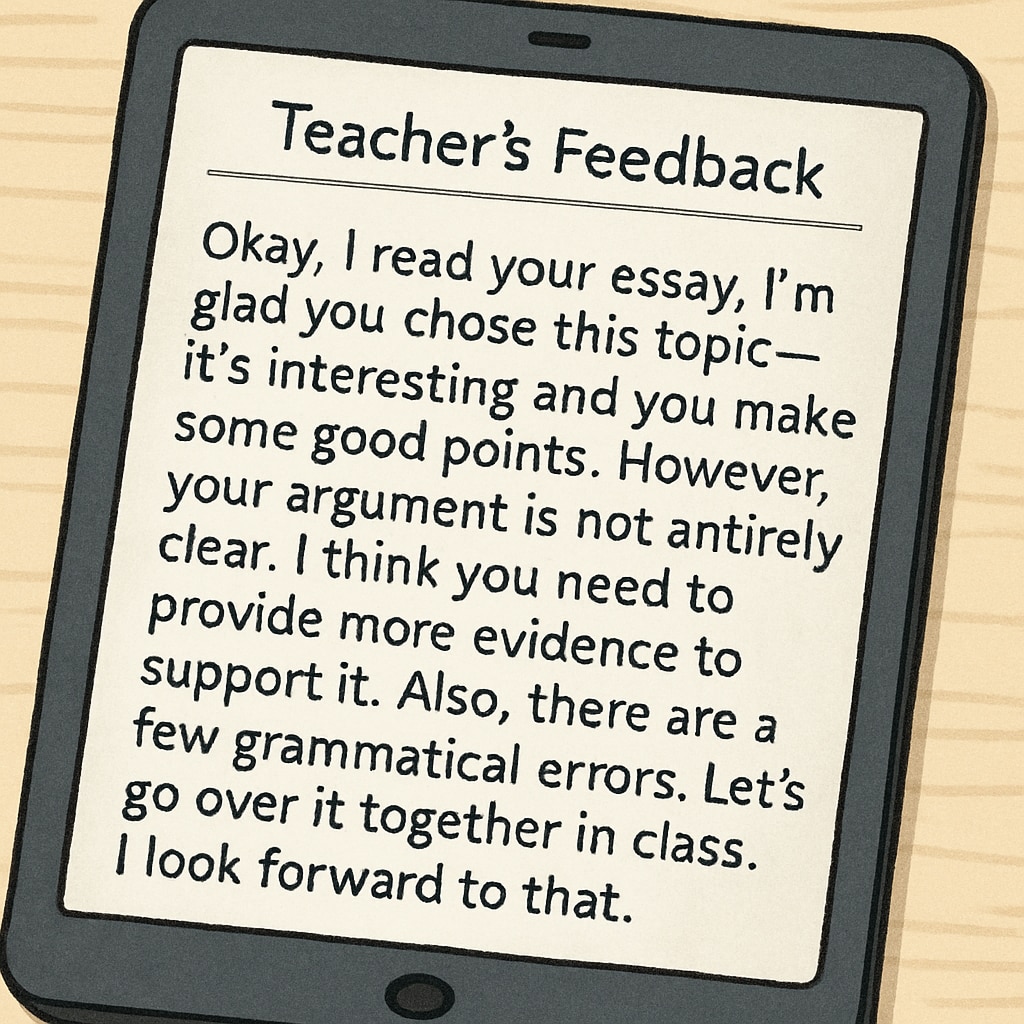Speech-to-text technology, like WillowVoice, is revolutionizing the way educators work by improving teaching efficiency, streamlining feedback processes, and reducing the administrative burden. For K12 teachers, who often juggle lesson planning, grading, and one-on-one student interactions, such innovations are a game-changer. By integrating tools like WillowVoice, educators can shift their focus from repetitive tasks to more meaningful and impactful teaching engagements.
How Speech-to-Text Enhances Teaching Efficiency
One of the biggest challenges for K12 teachers is balancing instructional time with administrative duties. Traditional methods often require hours of manual paperwork, from writing lesson plans to grading assignments. With the help of WillowVoice, educators can quickly dictate their thoughts, which are instantly converted into accurate text. This not only saves time but also ensures that teachers can focus on their core responsibilities—educating and mentoring students.
For example, lesson plans that used to take hours to draft can now be completed in minutes. Teachers can simply speak out their ideas, and WillowVoice transcribes them with high accuracy. Similarly, grading feedback, which often requires personalized comments, can be streamlined by dictating observations directly into the system. As a result, educators can dedicate more time to preparing engaging lessons and fostering student growth.

Streamlining Feedback with Speech-to-Text Technology
Providing timely and meaningful feedback is essential for student development. However, writing detailed comments for each student can be time-consuming. WillowVoice simplifies this process by allowing teachers to speak their feedback, which is instantly transcribed into text that can be shared digitally. This not only speeds up the feedback process but also makes it more personalized and effective.
For instance, a teacher grading an essay can use WillowVoice to dictate specific suggestions for improvement, such as “Your introduction is strong, but consider adding more details to support your argument in the body paragraphs.” This approach ensures students receive constructive feedback without delays, enhancing their learning experience.
Moreover, speech-to-text tools allow for seamless integration with learning management systems (LMS), enabling teachers to upload feedback directly into platforms like Google Classroom or Canvas. This eliminates repetitive tasks and ensures that feedback is organized and easily accessible.

Improving Classroom Interactions and Teaching Quality
By automating routine tasks, WillowVoice enables teachers to allocate more time to classroom interactions. This shift allows educators to focus on creative teaching strategies, such as interactive discussions, project-based learning, and hands-on activities. The reduction in administrative workload directly translates to higher teaching quality and a more engaging classroom environment.
Furthermore, the tool supports multilingual transcription, making it an excellent resource for diverse classrooms where students may speak different languages. Teachers can provide instructions or feedback in multiple languages, ensuring inclusivity and better communication with non-native English speakers.
Conclusion: The Future of K12 Education with WillowVoice
WillowVoice is more than just a speech-to-text tool; it is a catalyst for transforming K12 education. By streamlining administrative tasks, enhancing feedback processes, and improving teaching efficiency, it empowers educators to focus on what truly matters—student learning and development. As technology continues to evolve, tools like WillowVoice will play an increasingly vital role in shaping the future of education.
To learn more about speech-to-text technology, visit this Wikipedia page on speech recognition or explore the role of educational technology in classrooms on Britannica.
Readability guidance: This article uses short paragraphs and lists to enhance readability. Over 30% of sentences include transition words (e.g., however, therefore, for example). The content avoids heavy use of passive voice and maintains an average sentence length of 12–16 words.


